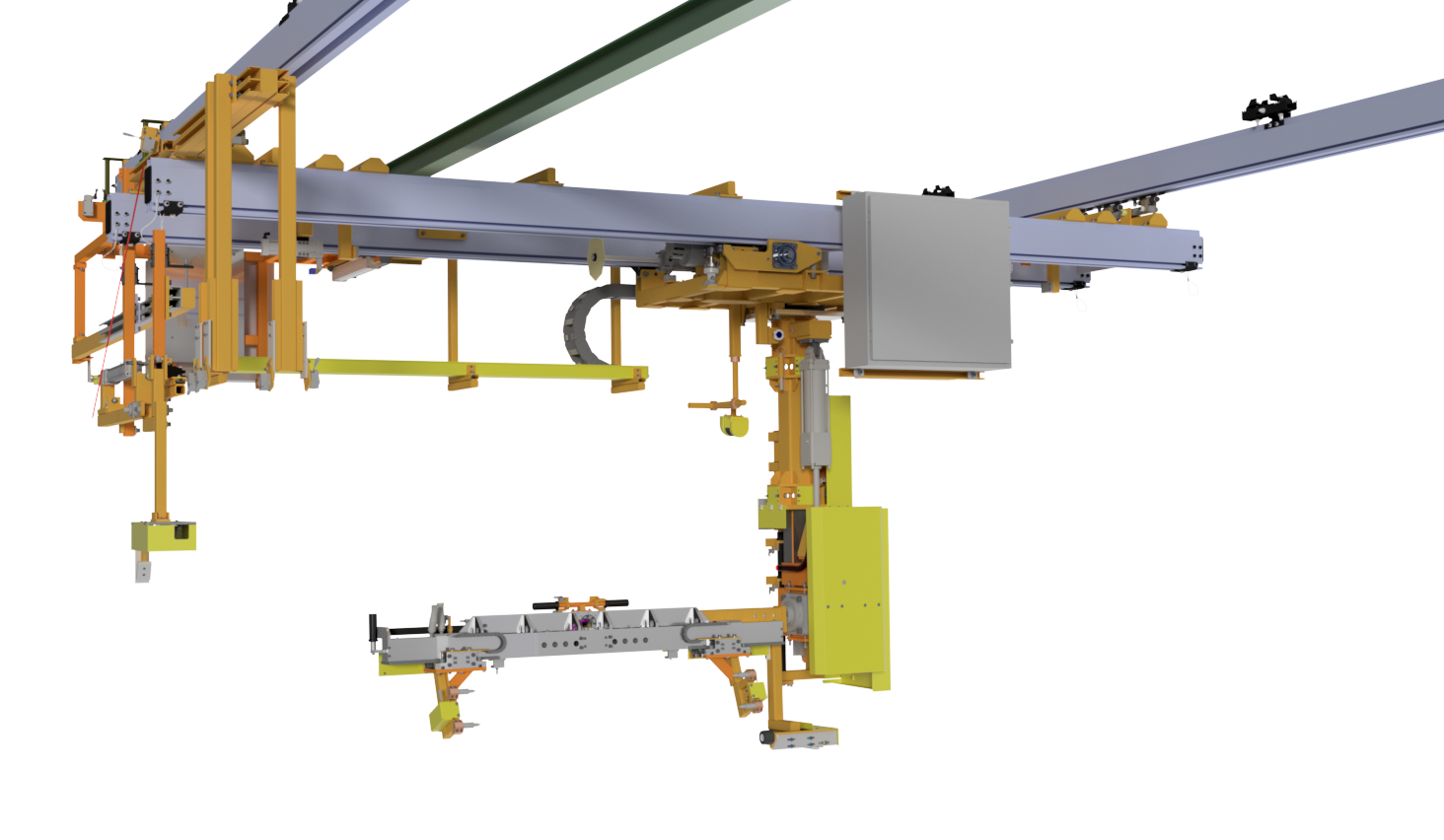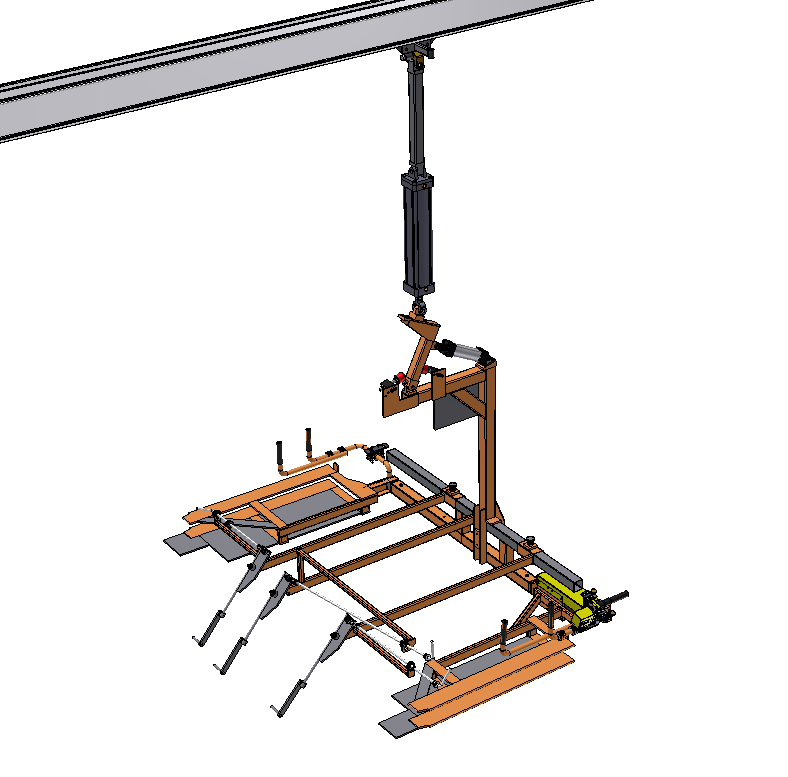Ergonomic Assists
rpGatta specializes in ergonomic assists ranging from automatic PLC assist to air logic assists. The more challenging the application, the more our design solutions excel at meeting your production, ergonomic, quality, and maintainability requirements. Our PLC controlled assists are capable of:
- Error proofing the installation sequence to increase quality and safety
- Line tracking with the vehicle to eliminate part mutilation and increase productivity
- Automatically setting the part pick and place positions to increase quality and productivity
- Reducing cycle time through automatic positioning such as auto pick, auto place, auto return home, and even 100% automating the entire sequence
We are experienced integrators with decades of tracking expertise. Since 1985 rpGatta has designed and built well over 300 semi-automatic or automatic line tracking machines in vehicle assembly lines that rely on our custom designed tracking mechanisms and PLC controls to provide positional control of the part relative to the vehicle.
Features:
- PLC controlled systems allow greater control and flexibility for programming the assists
- Using rpGatta’s patented PIAD device allows practically zero push-pull force by the operator
- Greater flexibility for handling multiple vehicle models
- Easier to dial in values on the PLC than using mechanical mechanisms, flow controls, and regulators for adjustment
Practical Intelligent Assist Device (PIAD)
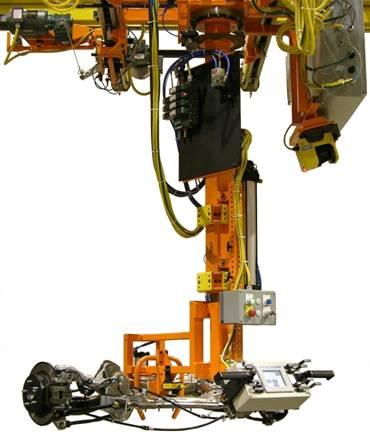
An ergonomic assist that takes practically zero push-pull force by the operator!
Practical Intelligent Assist Device (PIAD), U.S. Patent #7461753
- No proprietary “black box” controls
- Utilizes standard controls that meet your plant specifications, thus your maintenance department will be very familiar with these control components
- Enhanced positioning and travel capabilities
- X, Y, Z variable speed load cell joystick control will allow operator to quickly and intuitively drive the PIAD
- Using proven technology, the PIAD can be programmed to automatically move from point A to point B, return home, and can adjust from coarse to fine movement
- The PIAD can also be programmed with virtual limits to prevent mutilation
- PIAD’s are also line tracking capable
Safety Features:
- Brake arrangement locks PIAD in position when not in use
- PLS safety laser scanner for optional auto return home
- Ease of Use and Maintenance
- Motion is controlled by a joystick that remains oriented to direction of travel regardless of I.P. end effector rotation
- Diagnostics and maintenance are accessible via a standard touch screen display
- Flexible
- Unit is easily re-programmable for new processes
Twist Grip Balancer/Hoist Control
Twist Grip Balancer/Hoist Control Handle:
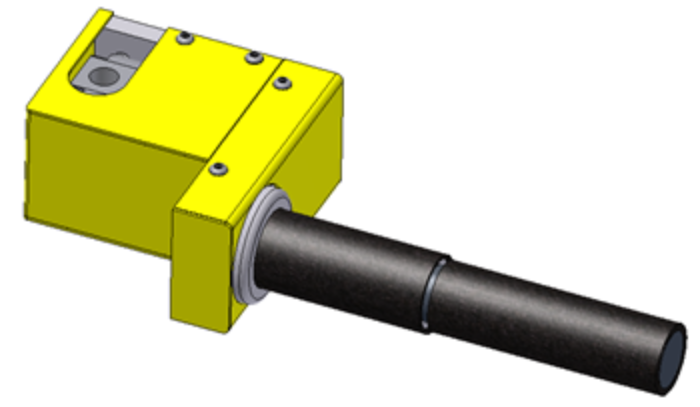
Door Install Assist Utilizing the Twist Grip Balance/Hoist Control:
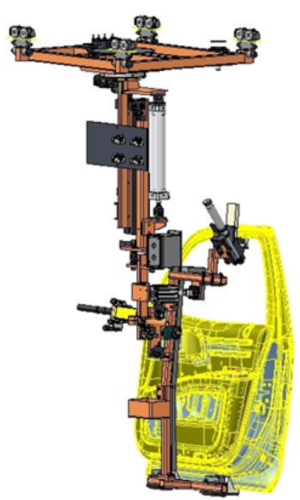
Benefits:
- Allows operator to drive the end effector up and down quickly, saving cycle time, where conventional systems just using a balance mode require the operator to muscle the end effector up/down due to push pull forces associated with the acceleration of the mass and friction
Features:
- Very easy to use and will float the part in a neutral balance mode for the assembly operation once the operator intuitively stops the end effector from raising or lowering
- Automatically accommodates different part weights
- Works well for lifting parts from different levels
- Very simple, thus highly reliable and low maintenance
- Smoothly operates due to its tactile feel and it quickly responds to the operator’s control
- Pneumatically controlled low cost solution that performs better than the Smart or IAD Hoists on the market
- Can provide either Right or Left-hand Units
How it Works:
- The larger handle diameter drives a regulator through a chain drive which controls a high relieving pilot operated regulator mounted on the lift end of an air cylinder
- When the technician rotates the twist grip handle, it turns the regulator and increases and decreases pressure, which raises and lowers the hoist
- When the technician backs up the rotation of the regulator with the twist grip handle, the end effector stops raising or lowering and is put into a zero gravity balance mode
United States Patent 7,756,601

